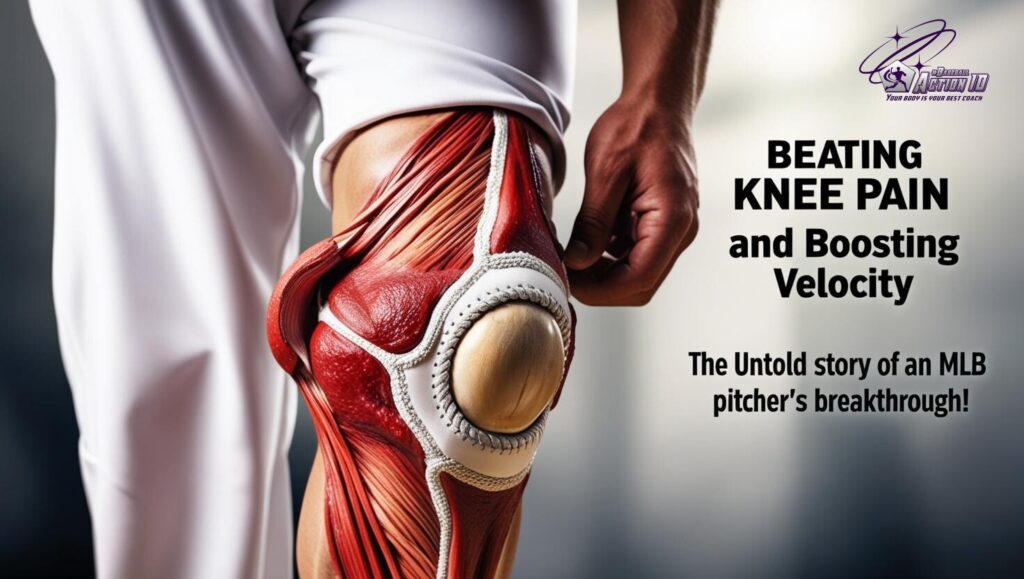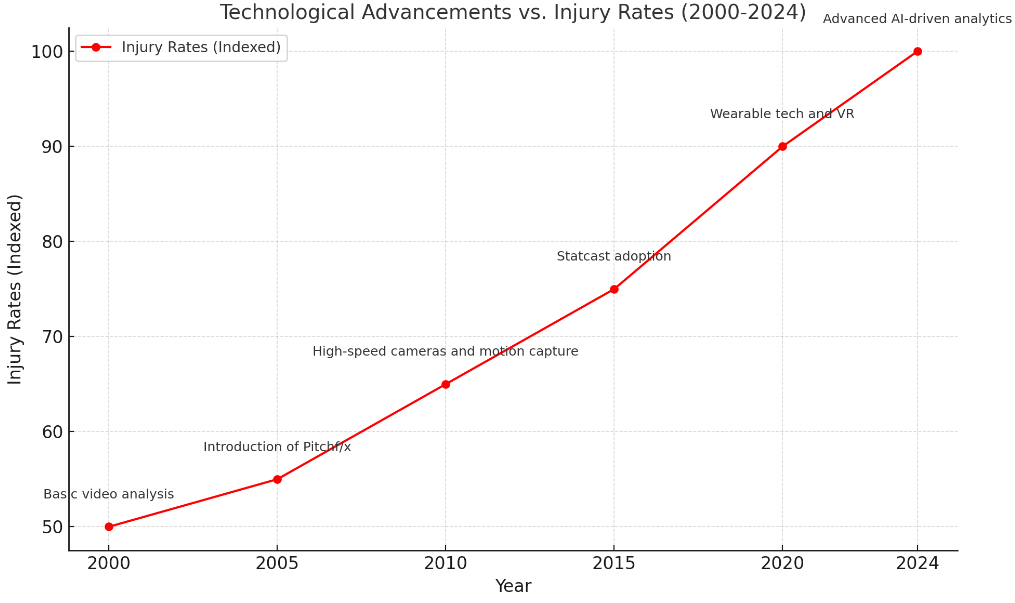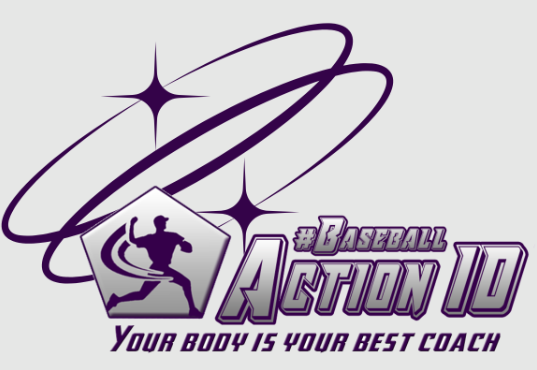Beating Knee Pain and Boosting Velocity: The Untold Story of an MLB Pitcher’s Breakthrough!

As the year ends, I’d love to share a fascinating story about an MLB pitcher that perfectly highlights the importance of respecting individual natural motor preferences.
Earlier this year, we discussed the alarming rise in knee injuries among MLB pitchers, examining the underlying causes and why this trend is happening.
Now, let me tell you about a real-life example that came to my attention just a couple of weeks ago.
This particular MLB pitcher—a right-handed thrower—was preparing for a crucial series of games late in the season. However, just days before his scheduled start, he began experiencing increasing pain in his right knee. Understandably concerned, his pitching coach suggested a subtle adjustment to relieve the discomfort: changing the angle of his back foot on the rubber.
What happened next was remarkable
Not only did the pitcher deliver an absolute gem of a performance, but his velocity also jumped by 5 miles per hour!
At first glance, this might seem like an extraordinary coincidence, but there’s nothing abnormal about it. The pitching coach unknowingly aligned the pitcher with his natural motor preferences—and the results spoke for themselves.
As it turned out, this pitcher was an Anterior Muscle Chain dominant athlete. Such athletes rely heavily on a ‘corkscrew’ movement to generate power and stability. Before the adjustment, his original setup forced him to work against his natural movement patterns, causing his body to compensate by creating additional stress on his knee and ankle ligaments.
The adjustment—angling his back foot with his toes against the rubber and heel slightly angled away—allowed his lower body to function as it was naturally wired to move. By respecting this innate preference, the pain was alleviated, and the pitcher’s mechanics improved significantly, leading to better velocity and performance.
This story reinforces a core principle we’ve emphasized throughout the year: placing athletes within their natural ‘window’ of movement unlocks potential effortlessly. Instead of using data to force athletes into a mould, we should be using it to understand and support their natural patterns.
As we wrap up the year, let’s continue exploring how respecting individual motor preferences can lead to healthier and higher-performing athletes.

